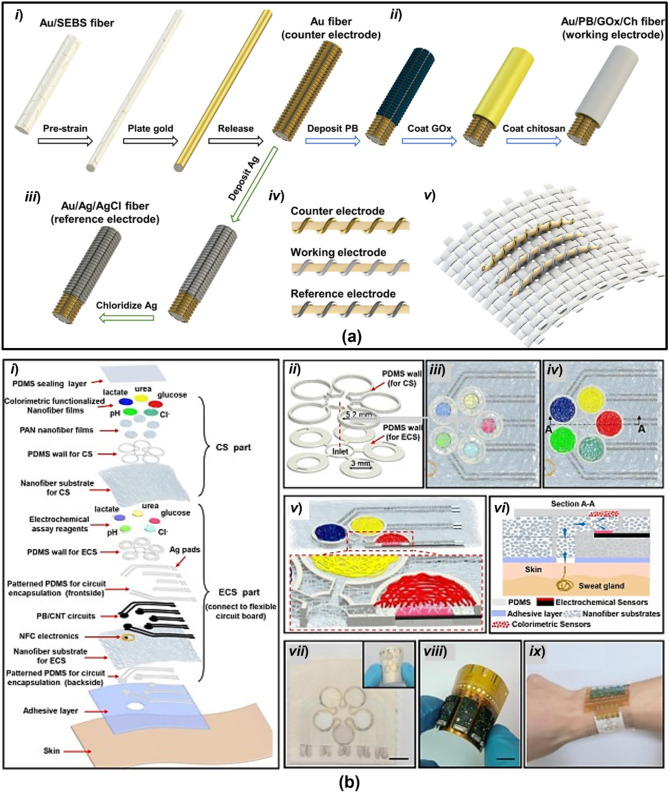
**Restoring Sweat Glands for Burn Victims: A Milestone in Regenerative Medicine**
For burn victims, the absence of sweat glands is not merely a cosmetic issue—it poses a serious physiological dilemma with deep repercussions for overall health. Sweat glands are crucial for temperature regulation and fluid balance. In their absence, individuals face increased risks of heat-related illnesses, dehydration, and overheating. Fortunately, a remarkable breakthrough in regenerative medicine is providing renewed hope for these individuals. Researchers have developed a novel method to restore sweat gland functionality through chemical reprogramming, bringing us closer to a time when these essential structures can be regenerated in injured skin.
### **The Revolutionary Finding**
In research spearheaded by scientists at Nanjing University School of Life Sciences, it was discovered that typical skin cells (keratinocytes) could be converted into operational sweat gland cells through a precisely formulated chemical mixture. This groundbreaking method eliminates the hazards linked to genetic engineering, providing a safer and more feasible way to create sweat gland cells.
The process involves treating conventional skin cells with a combination of six chemical agents, effectively transforming them into “chemically induced sweat gland cells” or ciSGCs. These newly reprogrammed cells closely resemble the morphology and functionality of authentic sweat gland cells. The study showed that the ciSGCs excelled in performing sweat gland tasks when implanted into injured skin tissue.
“What is particularly thrilling about this discovery is its straightforwardness and safety,” stated Dr. Xiaoyan Sun, the lead researcher. “By relying on chemical substances instead of genetic alterations, we’ve established a technique that might be more easily adapted for clinical applications.”
### **Demonstrated Efficacy in Preclinical Research**
The effectiveness of this groundbreaking technique was validated through comprehensive laboratory experiments. Upon being transplanted into the harmed skin of mice, ciSGCs showed remarkable results. The cells not only merged seamlessly with the skin tissue but also promoted wound healing and restored vital skin structures. Most impressively, they regenerated fully operational sweat glands responsive to stimuli such as heat and chemicals.
These results signify a considerable step forward in regenerative medicine. The reconstructed tissue exhibited normal thermoregulatory responses, enabling it to sweat naturally and cool the body. This represents an essential milestone for individuals who have lost this function due to serious burns or other skin traumas.
### **A More Secure Option**
Conventional techniques for developing cell-based therapies typically rely on genetic modifications to reprogram cells. While these methods can be effective, they also pose inherent risks, including the possibility of DNA mutations that may result in cancer. The new approach avoids these risks by solely using chemical compounds for cell reprogramming, providing a safer and more viable option for clinical use.
Additionally, employing keratinocytes—a standard and readily obtainable type of skin cell—enhances the efficiency and scalability of this method. It avoids the necessity for more invasive procedures to harvest rarer cell types.
### **Repercussions for Burn Victims**
Burn victims frequently encounter substantial physical and psychological obstacles during their recovery. Apart from the visual effects of their injuries, they suffer from impaired thermoregulation due to sweat gland loss. This vulnerability can lead to heat stroke, restrict their physical activity, and ultimately diminish their quality of life.
The emergence of a treatment capable of restoring fully functional sweat glands signifies a transformative shift in the management of burn injuries. With the potential to regenerate damaged skin in a manner that reinstates its natural functions, victims can reclaim vital physiological abilities and experience a greater sense of normalcy in their lives.
### **Future Outlook**
While this research marks a significant breakthrough, additional studies are necessary to validate the technique’s safety and efficacy in humans. Clinical trials are expected to follow, assessing how well ciSGCs operate in human skin environments and identifying the optimal methods for introducing and integrating them into treatments.
Beyond benefiting burn victims, this advancement could have far-reaching implications for the treatment of various skin conditions or injuries that impair sweat gland function, as well as propel the broader domain of regenerative medicine forward.
### **A Ray of Hope**
The capacity to transform ordinary skin cells into specialized structures opens up promising avenues for addressing a variety of medical conditions. For burn victims, this discovery signifies more than just a scientific achievement—it represents a ray of hope that the obstacles they encounter may eventually be overcome.
As research advances, the chemical reprogramming of cells could become a foundational element of regenerative medicine, exemplifying the potential of innovative strategies to repair and rejuvenate complex human tissues.
—
### **Glossary**
– **Keratinocytes**: Skin cells forming the outermost layer of the epidermis, serving as a protective barrier. These cells are easily harvested and cultured.
– **Thermoregulation**: The physiological process that aids the body in maintaining a stable internal temperature. Sweating is a vital aspect of this process for humans.
– **Chemical Reprogramming**: The application of chemical agents to convert one type of cell into another without modifying its genetic structure.